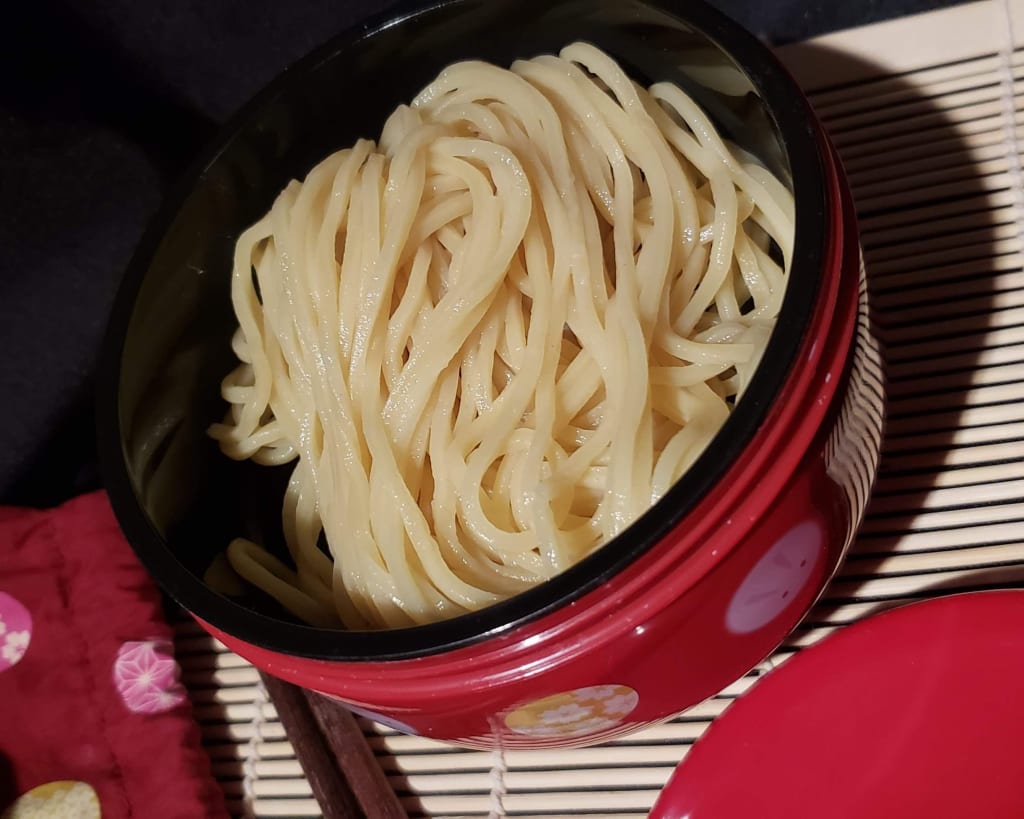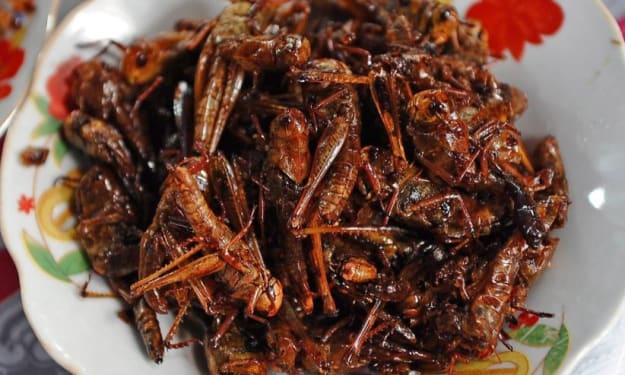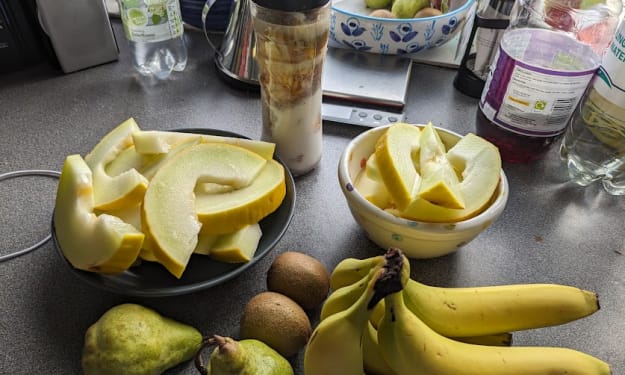Tasting History!
How the ingredients of yesteryear can re-create extraordinary tastes for today

While growing up, I was the kid that chose to be a shut-in. Instead of going outside to embark on new pretend adventures or dabble in childish mischief, I wanted to sit indoors and listen to my grandparents stories.
It was my grandmother's cooking and her stories about food and life that I had always looked forward to experiencing. Eventually, I realized that if dishes made with love and it's history of recipes being passed down resonated this much with me, that it certainly had to for others. Food made with true passion and not just for the sake of a bandwagon "cash-grab" are what is lost in today's world.
For the past several years, I have crafted Japanese ramen: the noodles, broth, toppings, all from scratch. It was for years that I was ignorant of the rich history of Japanese ramen. My world only knew of "Soul Food", "regular American food", and "takeout places". After tasting craft ramen for the first time, it was a life-changing moment to realize that there was more to ramen than the 25 cent instant packs.
Naturally, I wanted to start making my own at home. At the very least, to make a batch of ramen like I tasted at that restaurant.
After about one and a half years, more research, recipe modifications, and speaking with Japanese cooks, I grew into more of a confident ramen cook. It was at about this time that I began scouring the internet for more knowledge and history about ramen. The thing about rich culinary traditions is that although the food can be tasty and create fond memories, you can not ignore the political and historical influences as well. After finishing reading George Solt's, The Untold History of Ramen: How Political Crisis in Japan Spawned a Global Food Craze, I realized that while I had gotten encouragement in my ramen-crafting from Japanese people, I still needed to tread carefully. The same manner in which I do not like it when African-American culture is sampled and then profited off of in ignorance, I had to have that same respect for this dish (ramen). Ramen is a comforting soul food for the Japanese. Initially, it was introduced to them by Chinese cooks. The bouncy, chewy texture of the noodles and savory broth was eventually tailored to suit the tastes of the locals. Despite the liberties taken to tailor the ramen, there are certain ingredients that are classic, and necessary for "proper ramen".
- You need "kansui." This solution is a mixture of purified water and alkaline salts. A small degree of alkalinity is needed to create the chewy texture that is a signature of ramen. The waters of the naturally-alkaline "soda lakes" in China are said to have been the origin of producing this form of noodle.
- Soft, purified water should be used to make and boil the noodles in for eating. "Hard water" can be a detriment in quality to producing and in preparation of ramen to be eaten.
- Ramen aesthetics can be just as important as taste. There are a number of ways to create a beautiful yellow hue for the noodles. The kansui does impart a faint hint of yellow color. However, Riboflavin (Vitamin B2), or even Zhi Zi (gardenia) tea herbs can be used to achieve a bolder yellow. Zhi Zi has always been a popular yellow colorant for food in China, but not so much here in the United States.
I feel that once you have established the basics, that you can then hone in on the flavor. I recently launched a brand of specialty, made-to-order noodles for ramen called "AGGRESSIVE NOODS!™." In addition to being crafted with the criteria listed above, I decided to take things one step further for a more authentic-tasting noodle. Bamboo-filtered sea salt from the unpolluted waters of Okinawa's Aguni Island is a real gem. Crafted using traditional methods, the salt flavors the noodles to help your dishes to showcase a pure and brilliant flavor. This flavor is, in part, due to the water being free from industrial contamination.
Although the noodles are delicious on their own, it is when eaten in a bowl of ramen, dipped cold in a savory sauce, or stir-fried that you taste the full extent of their flavor profiles. Each variety of noodle is best-suited for different broth applications, and full descriptions of each noodle that we offer are listed on our site.
There is no way that I could ever go back in time to experience food before mass production; when it was more personalized and made with love. By this same token, maybe someone who grew up in Japan feels the same way? What did ramen taste like when their great-grandparents first tasted it? Today, I am still a shut-in. But, I sit nowadays with a hot bowl of crafted ramen in hand. I wish now to "taste history" by trying to understand your stories through food.
~"Lady Tsuru"
Owner/Founder of Flying Crane Ramen/AGGRESSIVE NOODS!™
Shop Now for our Specialty, Made-to-order Japanese & Chinese-style alkaline noodles at: https://shoyusnob.com/aggressive-noods/






Comments
There are no comments for this story
Be the first to respond and start the conversation.